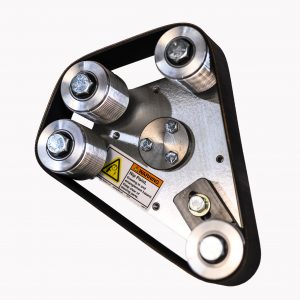Smallshop
KNIFE MAKER
I am a fan of Bark River Knives. I think they are a great production knife that still looks/feels custom....I found one in a Pawn Shop that I go in and look at (well...i did before it got sold) and I love the look and feel of the convex...super sharp and the thing looks strong. 30K guys raving about them on the BRK forum can't be too far wrong...lol. That company is amazing with what they produce...and most of 'em with a convex grind.
The short Bowie I am working on will be a convex. I have been practicing grinding convex and of course it feels different. I seem to get the best results slacking the belt a bit...running it fast...and grinding up top where there is space between the wheels. It definitely feels more "artsy" than science.... I am working on the KITH Bowie for Gene Kimmi...He gave me a real beauty so of course I want to reciprocate....lol.
Any grinding tips or pros and cons of convex blades would be appreciated!
The short Bowie I am working on will be a convex. I have been practicing grinding convex and of course it feels different. I seem to get the best results slacking the belt a bit...running it fast...and grinding up top where there is space between the wheels. It definitely feels more "artsy" than science.... I am working on the KITH Bowie for Gene Kimmi...He gave me a real beauty so of course I want to reciprocate....lol.
Any grinding tips or pros and cons of convex blades would be appreciated!

